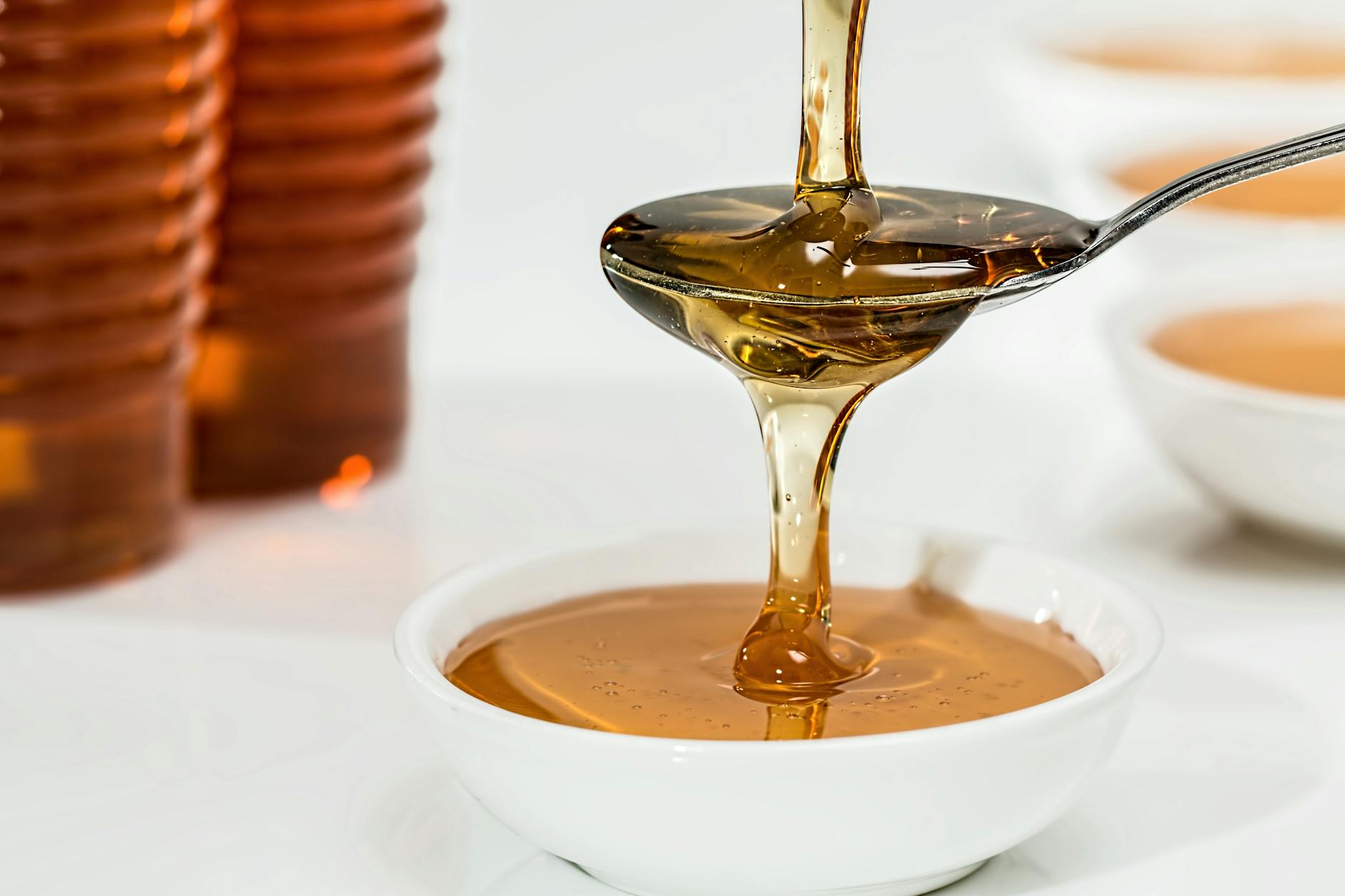We have listed worst foods for inflammation. Limiting your consumption of these inflammatory foods can help minimize chronic inflammation and improve your health.
Inflammation is a trendy issue and with good reason. A 2019 Nature Medicine review ties chronic, low-grade inflammation to many of today’s major health problems like heart disease, diabetes, cancer, and Alzheimer’s disease.
Most advice appears to focus on the best anti-inflammatory foods to consume. However, adding these foods is only part of the solution. When it comes to lowering chronic inflammation in the body, it’s equally crucial to eliminate food components that may be provoking and exacerbating current inflammation.
Here are the top foods that promote inflammation—and how to avoid them.

1. Added sugar
Americans’ excessive use of added sugars is thought to be a primary contributor to inflammation, which increases the risk of diabetes, heart disease, and not to mention obesity. What’s worrisome is how common the addition of sugars has become in food products—added sugar may be found in unexpected areas such as salad dressings, sauces, and savory snacks.
How To Limit: The American Heart Association recommends that women restrict their intake of added sugars to 6 tsp per day and men to 9 tsp per day. Tracking this can be simple because all food labels are now obliged to mention additional sugars.
2. Processed meats
Most processed meats, including pepperoni, hot dogs, bacon, and lunch meats, are cured with synthetic nitrates and salt. These meats are also heavy in saturated fat. An article published in the Journal of Nutrition in 2022 connected regular consumption of processed meats to a higher risk of inflammation, which many believe is caused by both nitrates and saturated fats.
How to limit: Because science isn’t clear on what the greatest concern in processed meat is (nitrates, saturated fat, or processed meats in general), the best suggestion is to restrict your overall consumption. When you eat processed meats, choose “uncured” meats, which should suggest they were treated with salt rather than nitrates. Nitrate-free meats may contain additives such as celery juice, a natural source of nitrates. However, whether these are healthier than meats cooked with synthetic nitrates remains to be confirmed.
3. Highly processed foods
Consumers seek quick, easy food options, and manufacturers have reacted by providing more ready-to-eat meals and grab-and-go items than ever before.
However, this convenience comes at a cost, as chemicals and components not found naturally in food, such as artificial flavors, colors, and preservatives, are frequently added to make these items shelf-stable or improve taste and appearance.
Any of these might cause irritation in the body, resulting in inflammation. Furthermore, if the body is already inflamed, it may be allergic to these foreign particles, which can exacerbate the problem.
How to Limit: If you choose minimally processed convenience foods, healthy can still be speedy. To accomplish this, prioritize the component list. Typically, a shorter list is better. Then, try to distinguish the ingredients. When reviewing the ingredients list, ask yourself, “If I were making this at home from a recipe, would most of these ingredients be in it?” If not, continue looking.
4. Refined carbohydrates
Eating white rice, pasta, brea , and other carb-rich foods made mostly of refined wheat or grains has a faster and typically higher impact on blood sugar level.

Some studies found a direct correlation between foods with a higher impact on blood sugar and increased inflammation. This puts people at risk for Type 2 diabetic metabolic syndrome, obesity, and other inflammatory disorders.
How To Limit: Consume whole grains and 100% whole-grain products if possible, and keep in mind that grains aren’t the only source of complex carbohydrates. Sweet potatoes, beans, peas, and other starchy vegetables high in fiber and minerals are good sources of them. A 2019 study published in Gut discovered that whole grains reduced both body inflammation and weight in adults when compared to processed grains.
5. Too many omega-6s (and insufficient omega-3s)
Mono- and polyunsaturated fats are commonly referred to as “healthy” fats, and they are composed of varying quantities of fatty acids, including omega-6s and omega-3s.
According to an article published in the Journal of Lipids in the year 2021, most Americans consume much too many omega-6 fatty acids, owing primarily to the widespread usage of vegetable oils like soybean, sunflower, and corn in processed and convenient foods.
It appears that we are significantly under-consuming omega-3 fatty acids, which are anti-inflammatory powerhouses. The overall outcome is an imbalance that may lead to low-grade systemic inflammation.
How To Limit: First, make it a weekly habit to consume omega-3-rich foods such as tuna, salmon, or mackerel, as well as walnuts, flaxseeds, and chia seeds. Then, take a look at the oils you cook or eat.
Oils contain a variety of fatty acids, so the key is to select those with a larger concentration of omega-3s, such as avocado oil, extra-virgin olive oil, walnut oil, flax oil, peanut oil, corn oil, and canola oil.
** Hemp Seed Oil has a perfect balance of omega-6 and omega-3.
6. Trans fats
These types of fats are manufactured by chemically changing the structure of unsaturated fats to extend the shelf life of processed foods.
However, a 2021 study published in Frontiers in Immunology claims that trans fats are more detrimental to the body than saturated fats found in red meat, cheese, and butter. This is primarily due to the inflammatory response they cause in the body, which is connected to diabetes and heart disease.
How To Limit: To avoid trans fats, avoid meals with “hydrogenated” or “partially hydrogenated” oils indicated in the ingredient list. The FDA prohibited the inclusion of hydrogenated oils in packaged goods in 2018. However, trans fats occur naturally in some cooking oils used to prepare fried and fast foods. Aim to choose those foods less frequently.
7. More than two cocktails
According to some studies, a glass of wine contains chemicals that can fight inflammation and oxidative stress, potentially helping to avoid cardiovascular disease.
Resveratrol, a plant molecule found in red wine (and grapes), has been linked to anti-inflammatory properties. Just keep in mind that it is quite easy to go from good to dangerous. When you cross that line, not only do the anti-inflammatory benefits disappear, but research published in the International Review of Neurobiology in 2022 demonstrates that alcohol causes further inflammation in the body.
How To Limit: The key to drinking for potential health benefits is “moderate” consumption. According to the 2020-2025 Dietary Guidelines for Americans, women should limit their alcohol consumption to 1 drink per day and men to 2.
Also, be mindful of the calories in the cocktail you choose. To reduce calories and added sugars from alcohol, choose a light beer, a glass of wine, or a serving of liquor mixed with a low- or no-calorie mixer.

8. Artificial sweeteners
Although the FDA considers all artificial sweeteners to be mostly safe, the majority of those used in many restaurants and in food products are sweet-tasting synthetic chemical compounds such as aspartame and saccharin. And—especially if there is already some low-level inflammation—the body may perceive these alien bodies as irritants.
How To Limit: In general, use artificial sweeteners sparingly, and when you do, use a plant-based sweetener like stevia. Try to use conventional sugar or other types of sweeteners, such as syrup or honey, in fewer quantities than usual.
To Conclude
Inflammation isn’t the only enemy who ends millions of lives each year. The truth is that even if you could entirely remove inflammation—which is not possible—you would not want to. Suppressing inflammation exposes you to lethal infections. Your body was unable to efficiently respond to allergies and toxins, or heal from injuries.
Inflammation is a difficult process. Acute inflammation is your body’s normal, usually beneficial response to injury, illness, or other threats, it can occasionally spiral out of control.
We need to learn more about what causes inflammation and how it becomes chronic. Then, rather than blaming inflammation for every sickness or expecting that eating specific foods will help, we can treat the root cause.
There is no quick or simple solution to harmful inflammation. To reduce it, we must identify, prevent, and treat the underlying causes. However, there is good news. Most of the time, inflammation exists in your body for a good cause and serves its purpose. And if it is producing problems, you can take action to remedy the situation.
